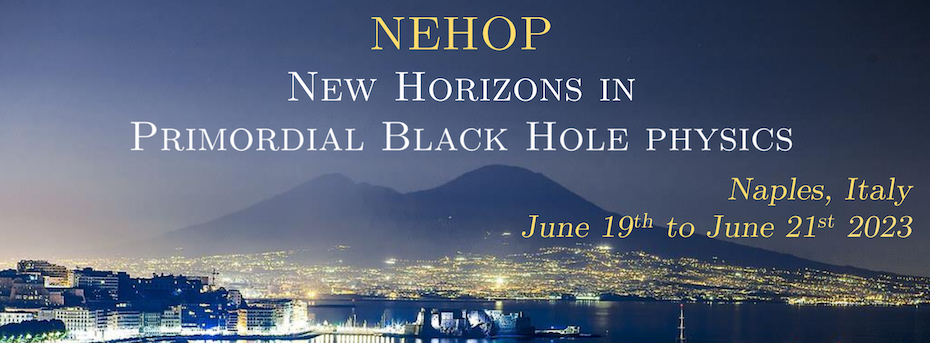Speaker
Description
A class of inflationary scenarios for primordial black hole (PBH) formation include a small barrier in the slope of the potential. There, the inflaton slows down, generating an enhancement of primordial perturbations. Moreoever, the background solution overcomes the barrier at a very low speed, and large backward quantum fluctuations can prevent certain regions from overshooting the barrier. This leads to localized bubbles where the field remains ``trapped'' behind the barrier. In such models, therefore, we have two distinct channels for PBH production: the standard adiabatic density perturbation channel and the bubble channel. Here, we perform numerical simulations of bubble formation, addressing the issues of initial conditions, critical amplitude and bubble expansion. Further, we explore the scaling behaviour of the co-moving size of bubbles with the initial amplitude of the field fluctuation. We find that for small to moderate non-Gaussianity $f_{\rm NL} \leq 2.6$, the threshold for the formation of vacuum bubbles agrees with previous analytical estimates arXiv:1908.11357 to $5\%$ accuracy or so. We also show that the mass distribution for the two channels is different, leading to a slightly broader range of PBH masses when both contributions are comparable. The bubble channel is subdominant for small $f_{\rm NL}$, and becomes dominant for $f_{\rm NL}\geq 2.6$. We find that the mass of PBHs in the bubble channel is determined by an adiabatic overdensity surrounding the bubble at the end of inflation. Remarkably, the profile of this overdensity turns out to be of type-II. This represents a first clear example showing that overdensities of type-II can be dominant in comparison with the standard type-I. We also comment on the fact that in models with local type non-Gaussianity (such as the one considered here), the occurrence of alternative channels can easily be inferred from unitarity considerations.

